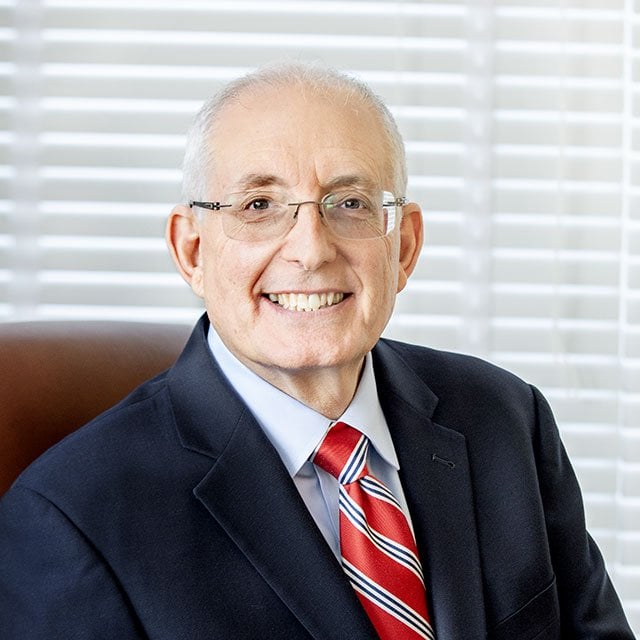Why Advisors Should Rethink the 'M' in RMD

What You Need to Know
Taking withdrawals before they are required could mean tax savings, as rates are set to increase after 2025.
Roth conversions are much cheaper before RMDs start.
QCDs can be made starting at age 70 ½, while RMDs don’t start until 72.
The “M” in RMD stands for “minimum.”
Clients generally focus on what the minimum amount is that they must distribute from their IRAs and other retirement plans. But given our low tax rate environment, expanding even further for 2023, that’s the wrong way to think about required minimum distributions.
Why wait until withdrawals must be taken? Why take only the minimum required?
Change your clients’ “minimum” mindset and think “maximum.” In other words: How much can we withdraw at the lowest tax rates?
Using a “minimum” mindset takes control out of your clients’ hands and turns it over to the government’s schedule. Advise clients that taking control of their IRA distributions can allow them to reap huge tax savings for the rest of their lives, and beyond to their beneficiaries. You can help clients control their tax brackets.
Remember that the tax law now has a finite window of when most retirement funds must be withdrawn. Additionally, under the Setting Every Community Up for Retirement Enhancement (Secure) Act, most beneficiaries will have to fully withdraw these funds within 10 years after death. With these short windows, more retirement assets will be bunched into a higher tax bracket, leaving clients with less.
Pre-RMDs
Although RMDs for most clients will have to begin at age 72, why wait until then?
Talk with clients who may be years away from when RMDs must begin. Encourage them to take pre-RMDs, if they can get some of those funds out at the low 2023, 2024 and 2025 rates, before tax rates increase when the 2017 tax cuts expire.
The strategy may not be for everyone. For example, some clients may be in their highest earnings years and already at the top 37% tax rate.
But even then, their future tax rates in retirement and their beneficiary’s rates during the 10-year payout period could potentially be much higher if more income is pushed into a shorter time span. If clients wait, only take the minimum beginning when they must at age 72, then more will be left to beneficiaries who may be in their own highest earnings years and normally must withdraw all those inherited IRA funds within a decade after death.
The key planning point here is to smooth out (and lower) the overall taxes that will have to be paid on these funds both during life by the account owner and in the 10 years after death by beneficiaries. Under current tax law, there may only be three years left to do that before rates are scheduled to increase.
Yes, clients might not want to withdraw because they either don’t need the funds or don’t want to pay a tax that could otherwise be deferred. However, make sure they understand that, considering our national financial woes with record debt and deficits, it’s likely that taxes will have to increase at some point.
For IRA Beneficiaries Subject to the 10-Year Rule
Beneficiaries subject to the 10-year rule who inherited from someone who died after RMDs had begun must continue RMDs for years 1-9 of the 10-year term. For those beneficiaries, instead of having a gigantic final RMD in year 10, increase distributions in years 1-9 to smooth out the tax bill over the 10-year period.
Beneficiaries subject to the 10-year rule who don’t have annual RMDs in years 1-9 should nonetheless take distributions during those years to avoid a big balloon distribution in year 10.
Roth Conversion Opportunities for 2023
Talk with clients about taking distributions now and converting those funds to Roth IRAs, before RMDs begin. Once RMDs begin, Roth conversions become more expensive since the RMD itself cannot be converted to a Roth IRA. Once the RMD is satisfied for the year, then all or any part of the IRA balance can be converted for the year, but that will cost more since the RMD had to be taken first.
Have clients consider planning a series of smaller annual conversions, taking advantage of the expanded tax brackets, and getting the funds out at relatively low rates, compared to withdrawing them at higher future tax rates.
Roth Conversion Planning Tips
Remind clients that Roth conversions are permanent and work best for those who believe they will be subject to higher marginal tax rates in the future.
Roth conversions are not all or nothing. Consider a series of smaller annual conversions over time to spread out the income tax.




